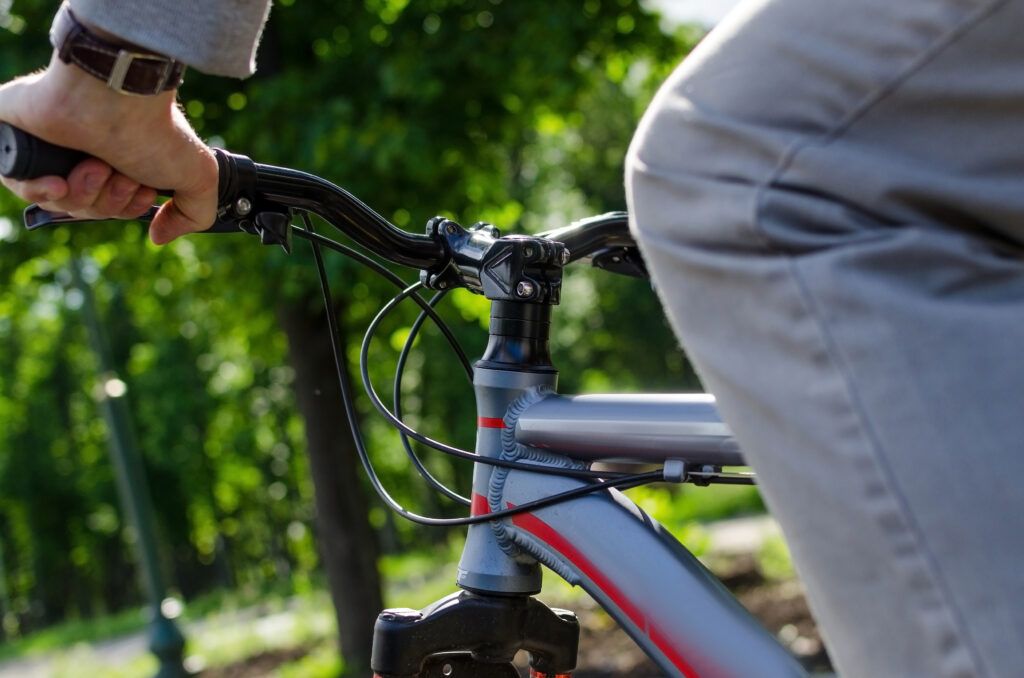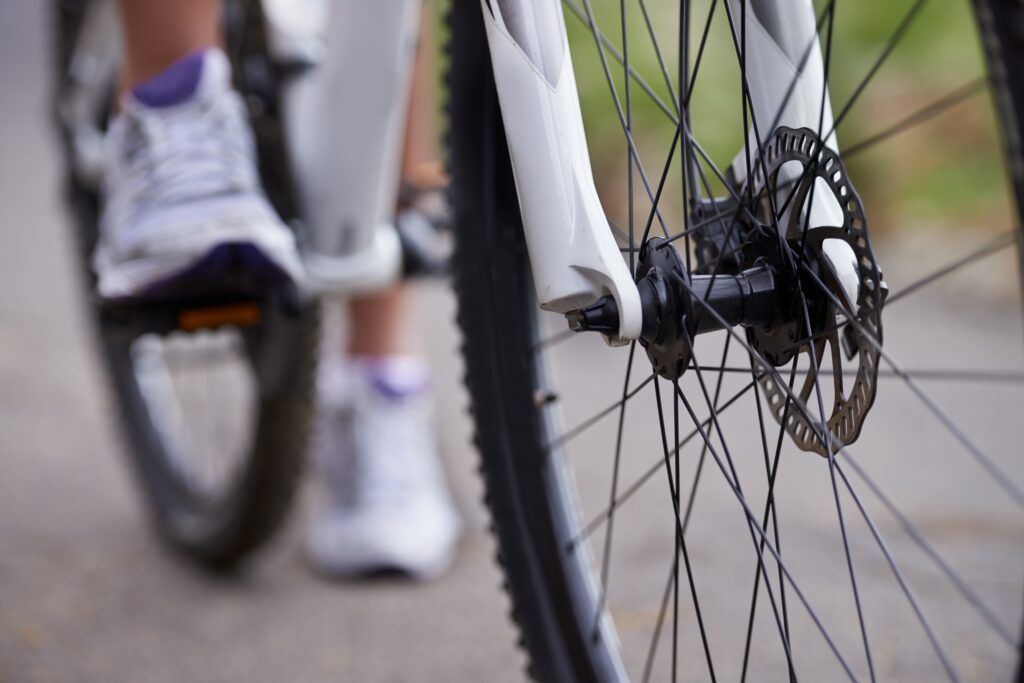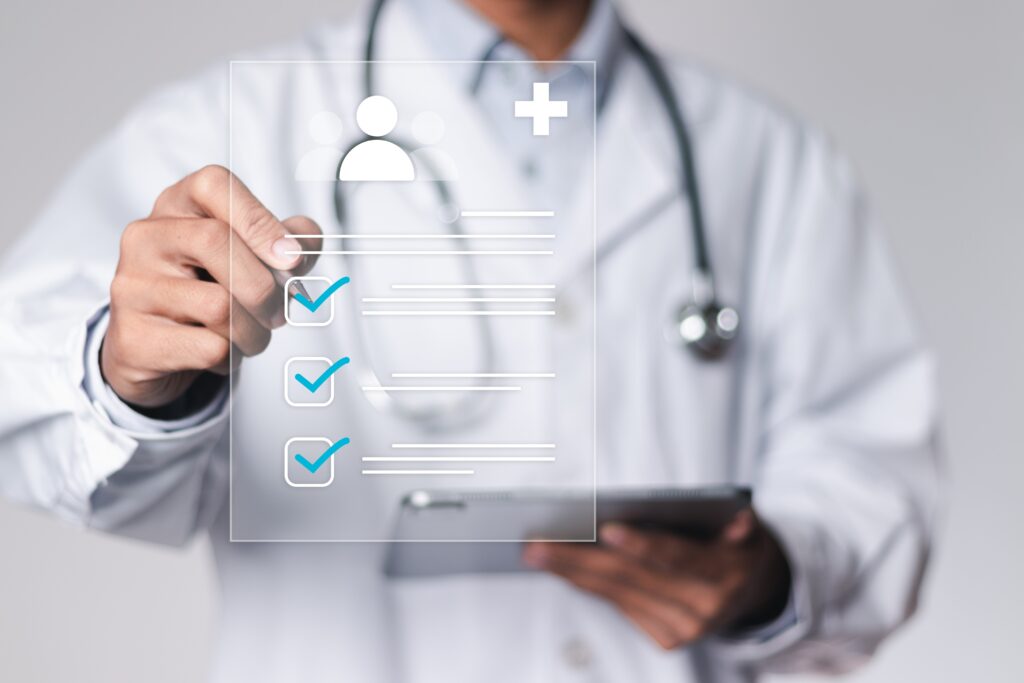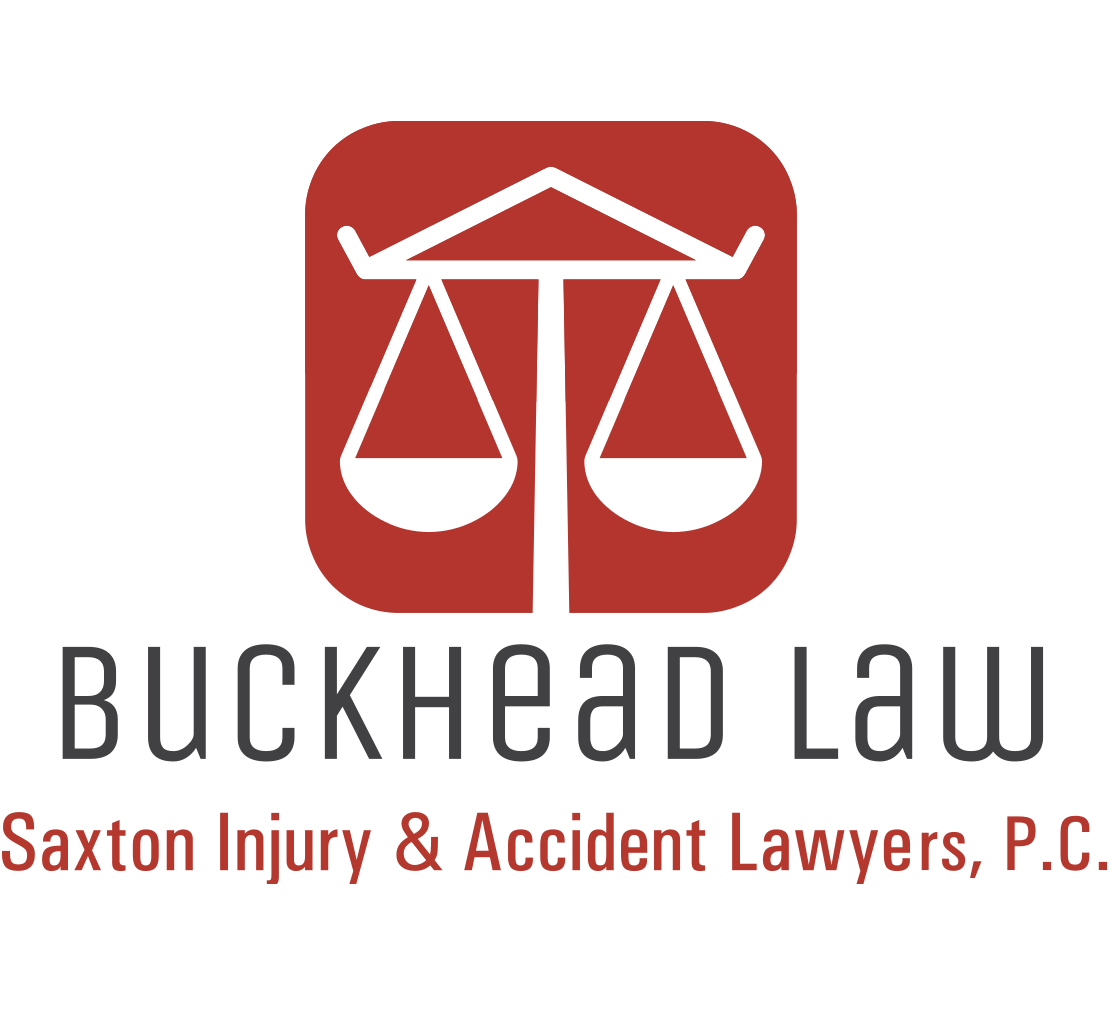Collisions with motorists are one of the more significant types of bicycle accidents, with dozens of causes, such as driving distracted or intoxicated. Bicycle accidents involving vehicles often result in severe injuries or wrongful death. If you have been injured or suffered the loss of a loved one, consult with a bicycle accident lawyer in Atlanta immediately to determine your legal recourse and eligibility for financial compensation.
Leading Causes of How Most Bicycle Accidents Happen
Thousands of bicyclists are injured or killed in the U.S. every year. The Centers for Disease Control and Prevention (CDC) reports some groups are at a higher risk for bicycles and injuries:
- Children, teenagers, and young adults have the highest rates of bicycle-related injuries treated in hospital emergency departments.
- Victims aged 10-24 account for almost one-third of all bicycle-related injuries treated in emergency departments.
- Adults aged 55-69 have the highest bicycle fatality rates.
- The death rates for male cyclists are six times higher, and injury rates are five times higher than for female riders.
These alarming statistics create a need for lawyers to work with accident victims to recover financial losses and other damages incurred in bicycle accidents. So, how do most bicycle accidents happen? Here are their leading causes:
Distracted Driving

Distracted driving is the leading cause of motor vehicle crashes that impact thousands of Americans annually, including bicyclists and pedestrians. Around one in five victims who are killed in distracted driving accidents are walking, riding their bicycles, scooters, or skateboards —or otherwise outside a vehicle. Common driver distractions include:
- Talking or texting on a cell phone
- Scrolling social media, news feeds, email, or other apps
- Making short video content while driving
- Taking selfies
- Eating or drinking
- Personal grooming (applying makeup, deodorant, shaving, brushing hair)
- Talking with passengers
- Adjusting climate, radio, and other vehicle controls
- Listening to music (especially at louder volumes)
- Rubbernecking (distracted by auto collisions or other events or objects outside of the vehicle)
- Moving objects inside the vehicle (pets, bugs, children)
If you are a victim of a distracted driving bicycle accident, you may be entitled to recover financial losses and pain and suffering damages. An experienced bike accident lawyer can accurately assess and investigate your case while helping you to secure compensation.
Impaired Driving
Impaired driving is dangerous and responsible for more than half of all motor vehicle accidents in the U.S. Unfortunately, bicyclist victims are included in that number. Examples of impaired driving are as follows:
- Driving while under the influence of alcohol
- Driving while under the influence of illegal drugs
- Driving while under the influence of prescription pharmaceuticals
- Driving while impaired by over-the-counter medications
- Driving with a medical condition that affects your ability
- Driving while fatigued
Impaired driving can cause a slower reaction time, decreased hand-eye coordination, weakened concentration, difficulty with depth and distance perception, and limited short-term memory retention.
Failure to Yield

Many bicycle accidents result from motorists failing to yield the right of way to bicyclists. This can result in accidents where cyclists are thrown from their bikes and sustain traumatic brain injuries (TBIs), fractures, broken bones, or internal injuries.
Unsafe Lane Changes
Whether neglecting to check their mirrors or not understanding laws outlining their need to share the road with bicyclists, motorists maneuvering unsafe lane changes are a significant cause of bicycle accidents. Drivers failing to check blind spots or misjudging a bicyclist’s distance are other vital factors.
Hazardous Road Conditions
Hazardous road conditions pose a risk to cyclists. Poor road conditions that cause bicycle accidents include poorly maintained roads, such as those with cracks in the concrete or potholes.
Inadequate signage, poorly marked bike lanes, and debris, including loose gravel and branches, also cause injuries to cyclists who may be eligible for compensation.
Door Collisions
When vehicle owners open their doors without checking or warning, cyclists become victims of door collisions. The act of opening a door in the path of a bicycle rider, causing an accident, is called dooring.
Disorientation or Confusion
Over 130,000 victims are injured in bicycle accidents, with nearly 1,000 fatalities annually. Most cyclist deaths occur in urban areas. A significant factor is becoming disoriented while driving in unfamiliar or confusing areas. Urban areas can be dangerous for cyclists because:
- Urban areas have a higher percentage of bicyclists, pedestrians, and traffic, which can create a chaotic atmosphere.
- Traffic signals can be confusing, especially for drivers unfamiliar with the city.
- Lanes can become narrow during highly congested periods and due to on-street parking.
- Lack of safe cycling infrastructure.
Drivers who depend on GPS to navigate an unfamiliar urban area may also become distracted, causing bicycle accidents. Urban areas also have more dangerous intersections, causing accidents because of these factors.
Vehicle or Bicycle Defects
Bicycle accidents are not always the result of driver error. Bicycle or vehicle defects can contribute to accidents. Some examples of defective parts include:
- Braking systems
- Steering components
- Tires
- Defective carbon fiber frames
- Quick release hubs
If it is determined that a bicycle or vehicle defect was causing the accident, your lawyer will prove company liability and go after the parts manufacturer. They may also seek compensation from negligent distributors.
Aggressive Driving
Aggressive driving can lead to bicycle accidents, resulting in severe injuries and death. The most common form of aggressive driving is speeding. However, there are offenses, such as:
- Changing lanes without signaling
- Tailgating
- Running red lights and stop signs
- Weaving in and out of traffic
- Passing on the right
While many of these aggressive driving offenses are known causes of motor vehicle crashes, they are responsible for numerous bicycle accidents, too.
Road Rage
Road rage differs from aggressive driving primarily because the driver intends to frighten or do harm. It’s also a criminal act. Unfortunately, some drivers don’t want to share the roads with bicyclists. This causes them to engage in dangerous driving behaviors, such as screaming and verbally assaulting bicyclists or intentionally swerving their vehicle toward the cyclists.
What to Do Following a Bicycle Accident
Bicycle accident victims must exercise caution and care after their accident. There are four critical steps to take following a crash:
Get a Full Medical Evaluation

The first thing you must do following a bicycle accident is seek medical care. Even if you do not feel seriously injured, having a medical professional fully evaluate you is the best way to assess and document any symptoms or injuries. If delayed symptoms show up days later (as they often do), have your physician reevaluate you.
Follow Your Recovery Care Plan
Follow your aftercare plan. Your top priority should be recovering. Your doctor may also determine that your injuries require rehabilitation services, such as physical therapy or chiropractic care. It’s important that you complete your recovery care plan before settling a bicycle accident claim.
Keep Detailed Documentation
Documenting your accident, injuries, and recovery may be helpful in recovering damages incurred in a bicycle accident. Keeping detailed accountings about how the accident has affected your life, including pain levels and any physical limitations, can help prove a need for compensation.
Hire a Bicycle Accident Attorney
Retaining an experienced lawyer is your best defense against shady insurance company practices, such as pressuring you to settle too soon and offering meager first settlement offers. Your focus should be on recovering.
Allowing an attorney to handle the legal aftermath of a bicycle accident can alleviate anxiety and stress by bringing peace of mind. Consult with an attorney to discuss the specifics of your bicycle accident. You may be entitled to recover significant financial compensation.
Proving Negligence in a Bicycle Claim
Proving negligence in a bicycle accident claim involves demonstrating the other party’s failure to exercise reasonable care. Furthermore, they are directly responsible for the accident and any resulting injuries or damages by not exercising reasonable care.
You or your attorney must prove the following four elements of negligence:
- The at-fault driver owed you a duty of care, such as obeying traffic laws and signage.
- The driver breached the duty.
- There is a direct link between your injuries and the bicycle accident.
- You suffered real losses and actual damages because of the bicycle accident.
An experienced lawyer may use charts and diagrams to present findings after completing their case investigation that help prove the four elements of negligence.
Who Is Liable for Damages Resulting from a Bicycle Accident?
Liability depends on the circumstances. However, the driver of the motor vehicle is usually the primary party at fault in a bicycle accident. Here are other possible liable parties:
- Vehicle Driver: The driver’s insurance company is typically responsible for damages when the driver is at fault.
- Dog Owner: If a dog runs in front of the bike or chases it down, the owner may be responsible, especially if the dog attacks the bicyclist.
- Municipalities: A city, state, or federal government entity may be liable for failing to maintain roadways properly, such as not making wide enough bike lanes or failing to fix hazardous cracks in the concrete.
- Vehicle Manufacturer: The manufacturer may be liable if a vehicle part was defective and the defect caused the accident.
- Bicycle Manufacturer: The manufacturer may be liable if the bike was defective and the defect caused the accident.
Due to the “tender years” doctrine, children are typically considered incapable of contributory or comparative negligence. They are considered too young to understand the dangers they face and take the necessary precautions to keep themselves safe.
That means drivers are automatically held liable for accidents involving young children. Age limit varies by state, but most jurisdictions don’t apply the doctrine to children over ten.
What Type of Compensation Can I Expect After a Bicycle Accident?
The type of compensation you may expect to receive after a bicycle accident depends largely on the severity of injuries and damages, as well as the length of your recovery. Losses you can expect to recover include economic and non-economic damages.
Economic Damages
Economic damages are your calculable losses accompanied by billing statements, repair invoices, and out-of-pocket receipts. The most common economic damages in a bicycle accident include:
- Medical Expenses: Emergency services, primary care evaluation, follow-up care, medical devices, surgeries, hospitalizations, prescription medications, mental health evaluation and are, and any other medical expenses incurred.
- Rehabilitation Costs: Physical therapy, massage, chiropractic care, occupational, vocational, language and speech therapy costs.
- Disability Care: Home and vehicle mobility modification expenses, including wheelchair ramps, chair lifts, wider doorways, accessible bathrooms, and lowered countertops.
- Income Losses: Wages, bonuses, promotions, benefits, and diminished earning capacity.
- Household Services: Cleaning, cooking, childcare, grocery, and other delivery and household services rendered necessary due to your injuries.
Property damages are also recoverable losses in a bicycle claim. These damages include anything of value —on your person— at the time of the accident. For example, your bicycle, helmet, smartphone, clothing, shoes, handbag or backpack, or anything else damaged in the accident.
Non-Economic Damages
Non-economic damages, often referred to as pain and suffering, are the intangible losses an accident victim suffers that do not come with a receipt. For example:
- Physical pain and chronic pain conditions
- Decreased quality of life
- Mental anguish
- Emotional distress
- Sleep disturbances
- Permanent impairment (amputations, disfigurement, scarring, traumatic brain injuries, spinal cord injuries)
- Post-traumatic stress disorder (PTSD)
- Depression and anxiety disorders
- Loss of companionship
Having a lawyer help determine damages and calculate total losses provides an opportunity to maximize compensation. Your injury journal may be helpful in establishing these damages after a bicycle accident.
Wrongful Death Damages

Families who have suffered the untimely loss of a loved one may be eligible to recover wrongful death damages. For example:
- Lost of financial support (future earnings)
- Loss of guidance
- Loss of benefits (medical insurance, retirement, pension)
- Loss of inheritance
- Value of services the decedent would have provided to the household
Loss of consortium is a wrongful death damage that surviving spouses may recover after the loss of their partner. It encompasses the loss of companionship, love, protection, and physical intimacy.
Loss of consortium is non-economic damage that surviving victims may be eligible to recover in compensation for life-altering injuries and disabilities that create these losses.
Consult With a Bicycle Accident Attorney
Consult an experienced lawyer to explore a plan to recover damages in your case. Most personal injury attorneys in Atlanta work on contingency, meaning you are not charged upfront or out-of-pocket expenses to retain competent legal representation for your case. Clients who secure legal counsel have a better chance of obtaining substantial financial compensation for their claims. Schedule a free consultation now.
